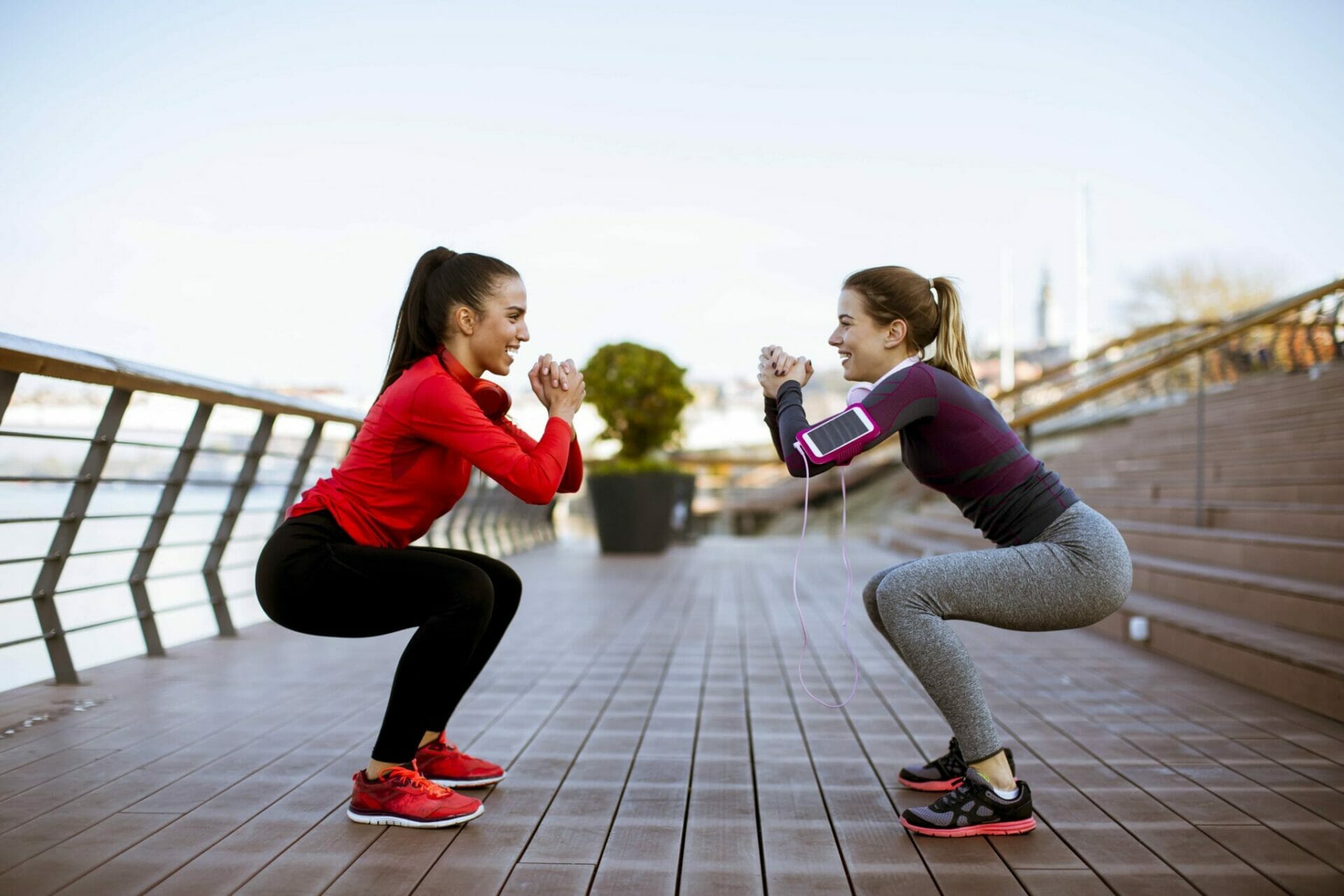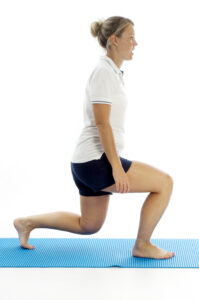Why is Strength Training so Important?
Strength and conditioning reduces overuse injuries by 50%.
According to the evidence “Strength training reduced sports injuries by less than a 1/3 and overuse injuries could almost be halved” (Lauersen et al, 2013).
The common areas of weakness we find are; gluteus medius (buttocks), transverse abdominus (core stability muscles), quadriceps (thigh), hamstrings (back upper leg) and gastrocnemius/soleus (calf muscles).
No excuses now!
A recent study has found that training for just 13 minutes, 3 times a week maybe enough to increase strength and endurance (Schoenfeld et al 2019) – https://journals.lww.com/acsm-msse/Pages/articleviewer.aspx?year=2019&issue=01000&article=00013&type=Fulltext
Here is a testimonial from one of our clients who used strengthening exercises to improve their running:
“I had my first run event of the year, on average I ran 20 seconds a mile quicker over 5 miles that I have for years. Really took me by Surprise! So thanks for all your help so far, strength sessions and grass fartleks are really paying off”. Mrs L
Strengthening Exercises for Runners
We recommend doing two-three strength sessions per week and work the muscles to fatigue (until they are aching).
Which exercises you do will vary depending on whether you go to the gym or not.
To start with I will cover exercises you can do at home and then mention gym ones at the end.
Initially aim to repeat each exercise 25 times with good control and quality.
Once you can complete each exercise 25 times then add weight and reduce repetitions.
Aim to repeat:
- 1-3 sets of 8 to 12 reps
- Working to fatigue within those reps
- 2 minutes rest between sets
- Repeat 3 sessions per week on nonconsecutive days
It is important to add load during strength sessions as when running 4.5-7.6 x body weight goes through your knees.
Please be aware of your body and take advice from your GP or Physiotherapist before exercising if you have any aches or pains then please send us an email to enquiries@physio-logical.net for advice and guidance.
Side Leg Raises

|
Lunges
Deep Squats
Planks
Single Leg Calf Raise
 |
|
Single Leg Rise
 |
|
Single Leg Bridge
 |
|
Gym Based Strengthening exercises for Runners
You can complete all of the above exercises at the gym but the three leg strengthening exercises that were used in the recent study – which found that training for just 13 minutes, 3 times a week may be enough to increase strength and endurance (Schoenfeld et al 2019) were:
- Barbell back squat
- Machine leg press
- Unilateral machine leg extension
So if you do go to the gym it would be good to include these exercises in your strength programme too.
If you are a runner and have aches, pains or niggles or want advice about what you can do to reduce the risk of injury then please get in contact with us, 07835 712306 or book your appointment online today.
Next week we will be covering pelvis alignment issues runners experience. Please feel free to follow us on social media and share our blogs with your running friends/clubs.
Thanks for reading, happy running!








